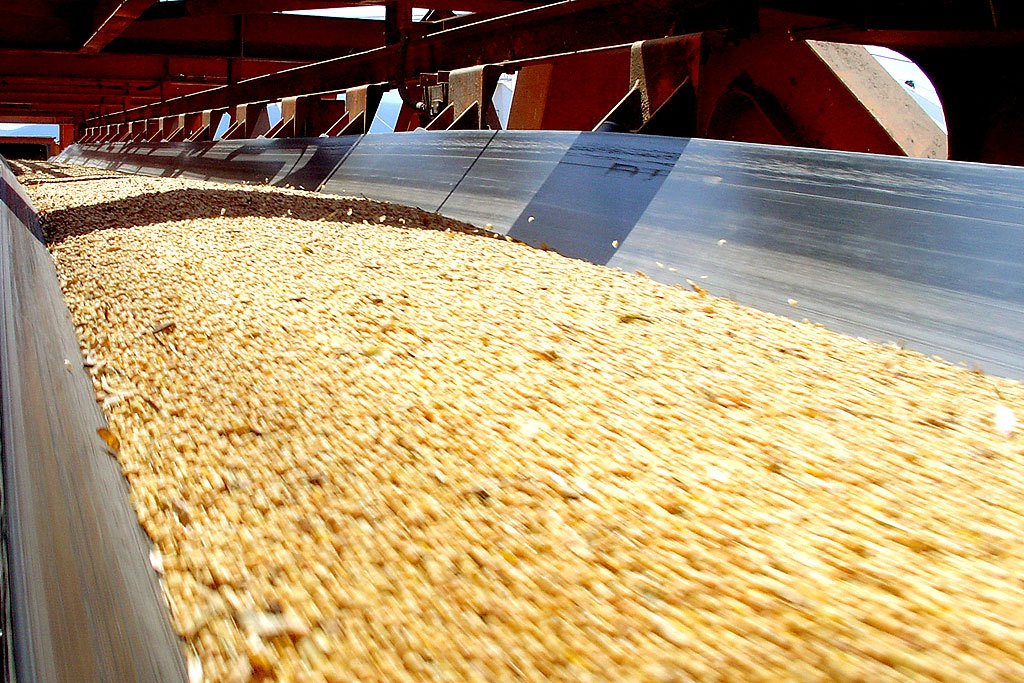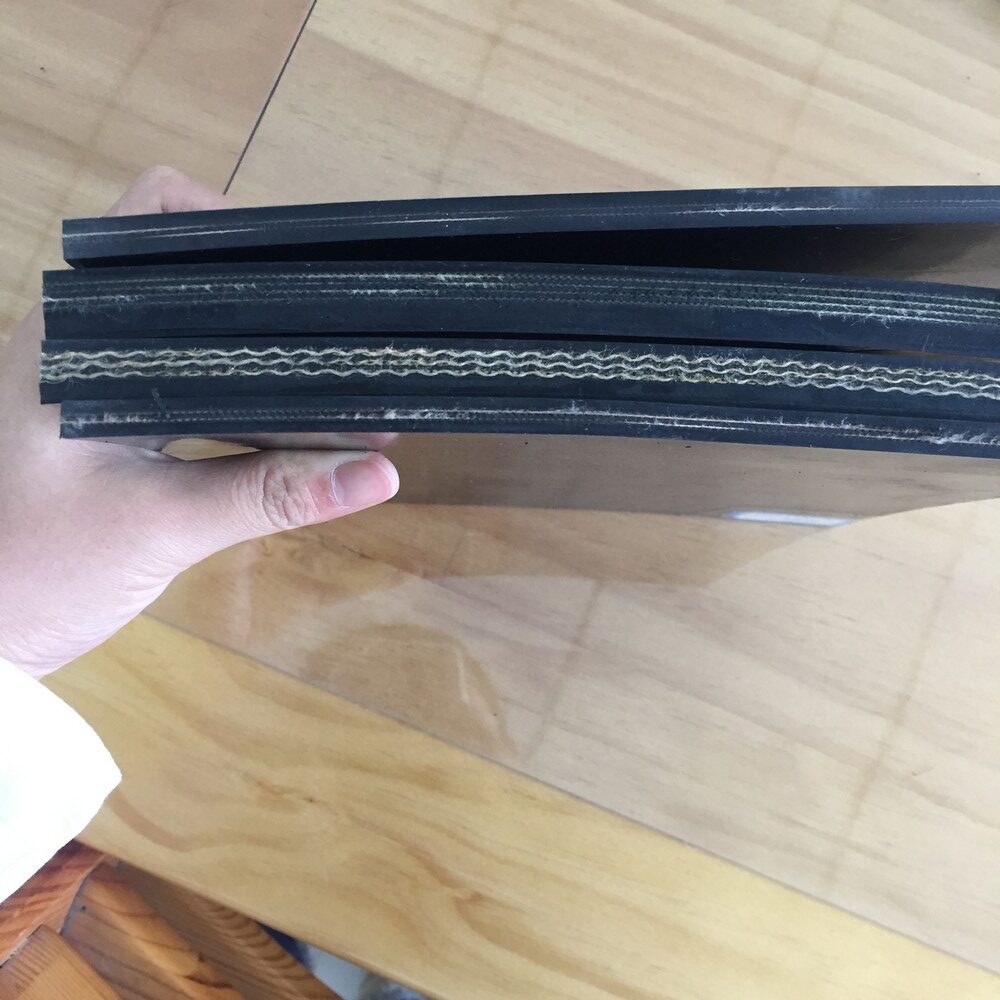HR & OR Belt (Heat & Oil Resistance)
Monster Heat & Oil Resistance belt are manufactured using specially formulated rubber compounds. They are suitable for transporting a very wide range of materials which are coated with oil or may have traces of it.
Few applications demand a certain degree of resistance to oil. The general purpose conveyor belts are designed to withstand abrasion and wear, however they are not designed to withstand a higher level of oil resistance. This results in the swelling of cover when they come into contact with petroleum based oils, greases, animal or vegetable fats, etc. The resultant swelling of the rubber leads to failure of the belt due to reverse troughing, joint separation or cover delamination.
To address this challenge, we offer a large range of Oil Resistant belts in the industry which can be customised to suit individual industry needs.
Application:
- Metal turnings
- Hot asphalt/ Hot mix plants
- Scrap recycling and compost handling
- Coated fertiliser products
- Refineries for handling pet coke
- Soya and grain handling facilities

Benefits:
- They have a high degree of chemical resistance.
- They have unique properties to prevent material build up.
- They can be designed to convey oily materials, thereby resulting in higher belt life.
- The occurrence of reverse troughing of belts can be eliminated.

Heat Resistant Conveyor Belting – HR
Performance proven Heat & Oil Resistance belt recommended to protect conveyor belting from surface cracking and hardening by heat from hot service applications like hot sintered ore, hot pellet, hot clinker, hot chemical, fertilizer and hot cement, etc. Heat and abrasion resistant cover rubber has been heat treated and dipped to minimize carcass shrinkage and heat aging.
Please see the table below to get an idea of your needs based on materials transported on belting.
Heat Resistant Conveyor Belt Belts HR Grade, UHR GRADE, SHR
The rubber cover protects the fabric of the belt against hot materials such as alumina, ash, granite, iron and copper, grit etc, available in various grades.
Provide variety of heat resistance conveyor belt
— HR GRADE HEAT RESISTANCE CONVEYOR BELT
— SHR GRADE SUPER HEAT RESISTANCE CONVEYOR BELT
— UHR GRADE ULTRA HEAT RESISTANCE CONVEYOR BELT
COVER GRADE SELECT CHART
MATERIALS AND BELT SURFACE TEMPERATURES
Heat resistant belts are best suited for conveying product that is over 60º (140º F). The surface temperature of heat resistant belting varies with the material type, belt speed, loading rate and size. To select the proper heat resistant belting, consider not only the material temperature to be conveyed but the surface temperature of the belt as well.
